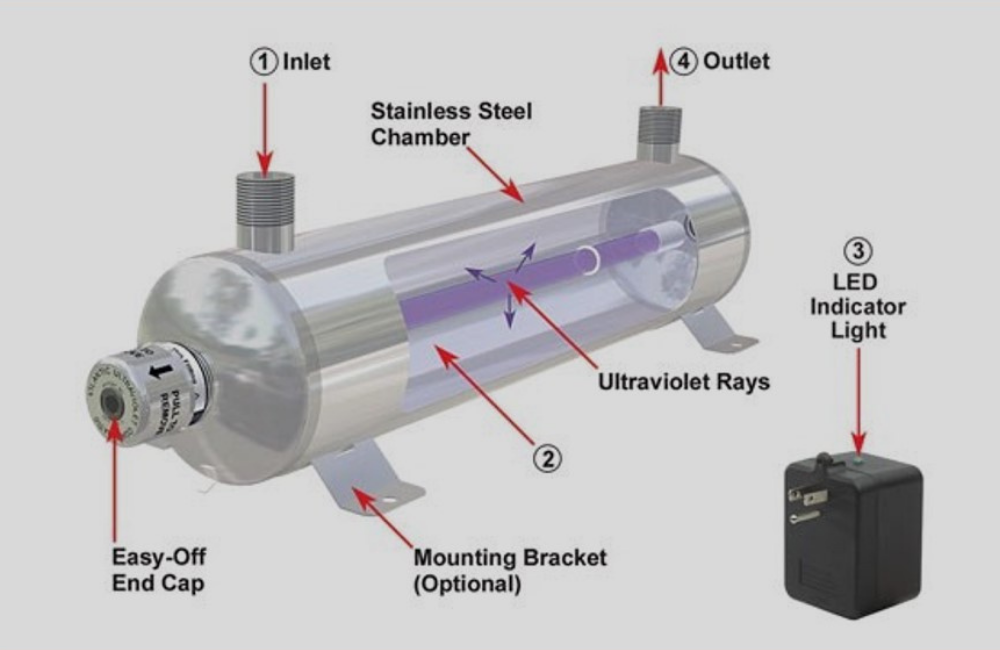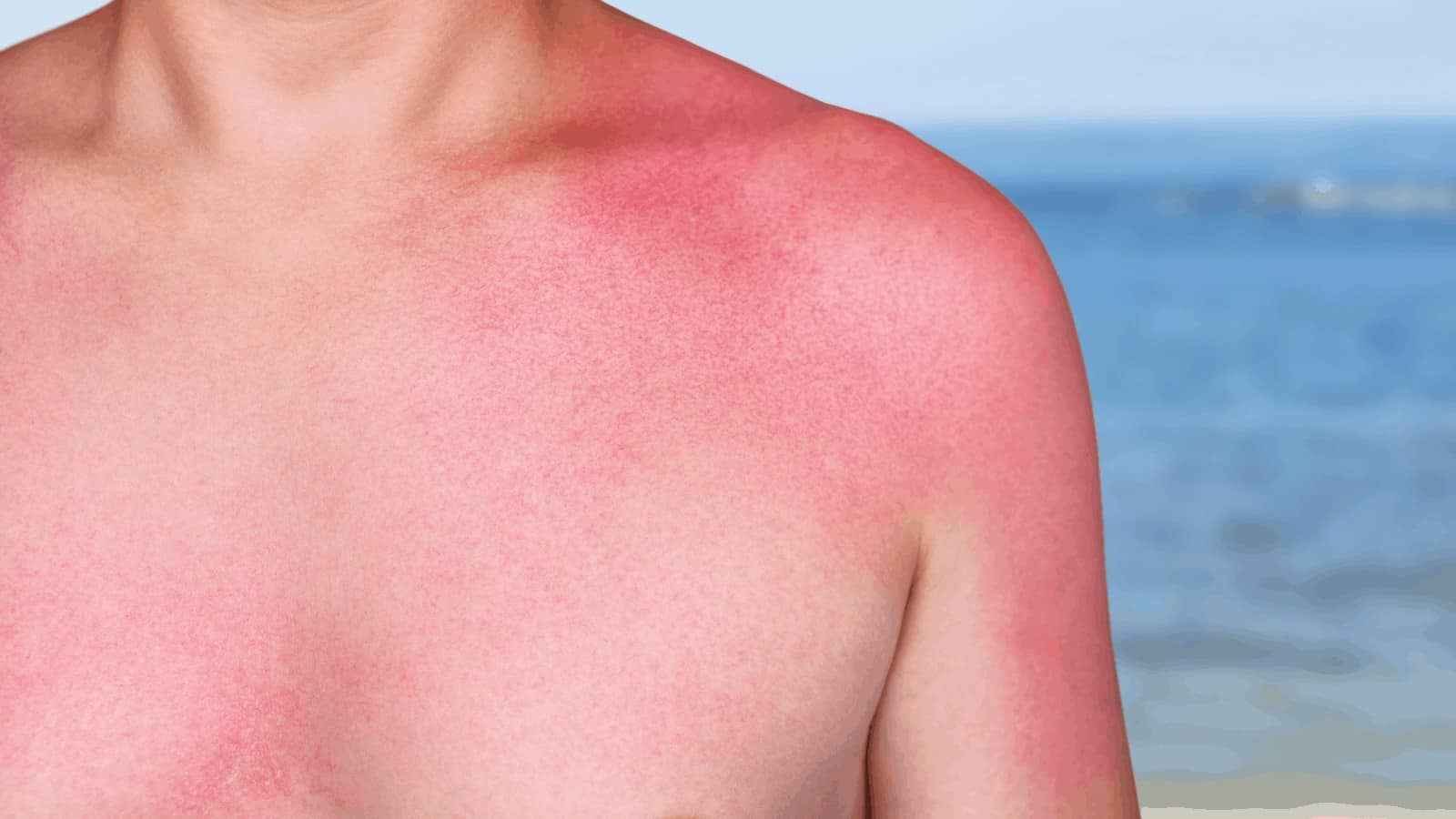Painstaking Lessons Of Tips About How To Detect Ultraviolet Rays

Before you head outdoors without sunscreen this summer,.
How to detect ultraviolet rays. [6] humans also lack color receptor adaptations for ultraviolet rays. You can't see the sun's ultraviolet rays with your eyes—you just see their results on your freckled, tanned, or sunburned skin. Because it is largely invisible to humans, another name for uv is black light.
Based on the interaction of wavelengths of ultraviolet radiation with biological materials, three divisions have been designated: Purple and violet light have shorter wavelengths than other colors of light, and ultraviolet has even shorter waves than violet does; However, even though human eyes can’t detect ultraviolet light, we can see its effects.
However, you may wonder if humans can see wavelengths of this spectrum. Uv light bulbs are used in tanning machines, some nail dryers, machines used by dermatologists, and more. Two clear cups (plastic or glass)
Uv sensors have many applications, including measuring uv radiation levels for health and safety purposes, as well as detecting uv radiation in industrial and scientific settings. If you have dark skin and eyes, you still need to wear sunglasses. Wearing sunglasses protects these delicate tissues and the skin around your eyes from uv damage.
Record the color of the beads when exposed to indoor. According to almost any source about the light spectrum, visible light, the portion of the electromagnetic spectrum that is visible to the human eye, is the range of wavelengths between 400 to 700 nanometers. These beads will turn color in the presence of uv light.
Introduction ultraviolet (uv) sensors are electronic devices that detect ultraviolet radiation. Those are certainly visible when you get a sunburn. It cannot, therefore, be seen directly.
Answer by definition, ultraviolet light is 'beyond violet light' and the visible spectrum that can be detected by the human eye. If the lens is missing or removed, often due to cataracts, light below the violet range isn’t blocked and can be detected down to around 310 nanometres. The us national weather service and the environmental protection agency (epa) have developed the uv index, which gives you an idea of how strong the uv light is in your area on any given day, on a scale from 1 to 11+.
The experiment will show how we can detect the ultraviolet (or uv) radiation of the sun which, although invisible, affects the skin, eyes and the dna of our cells. Shorter wavelengths are blocked by the cornea. Without the lens to focus light, these.
Ultraviolet light, which has short, high energy wavelengths, lies just outside the range of visible light our eyes can detect. Some light bulbs give off uv rays. Build a bracelet that immediately detects these invisible rays.
In this activity from lawrence hall of science, you’ll use tonic water to detect ultraviolet (uv) light from the sun. Sunlight has uv rays, along with other kinds of rays. Visibility ultraviolet rays are usually invisible to most humans.


















